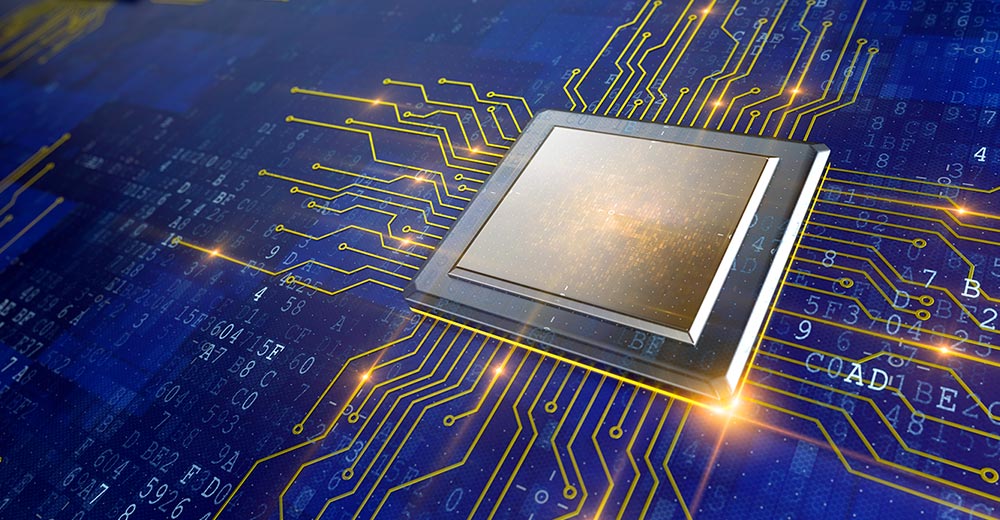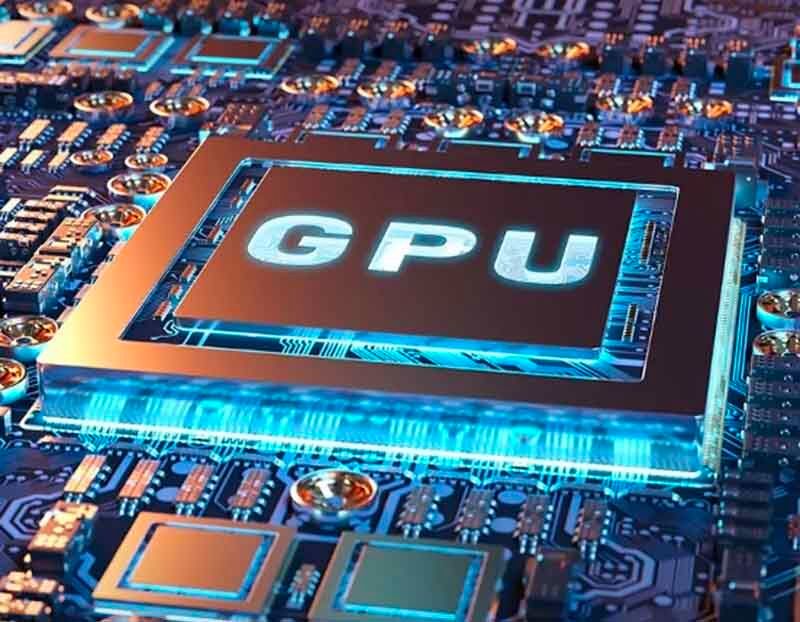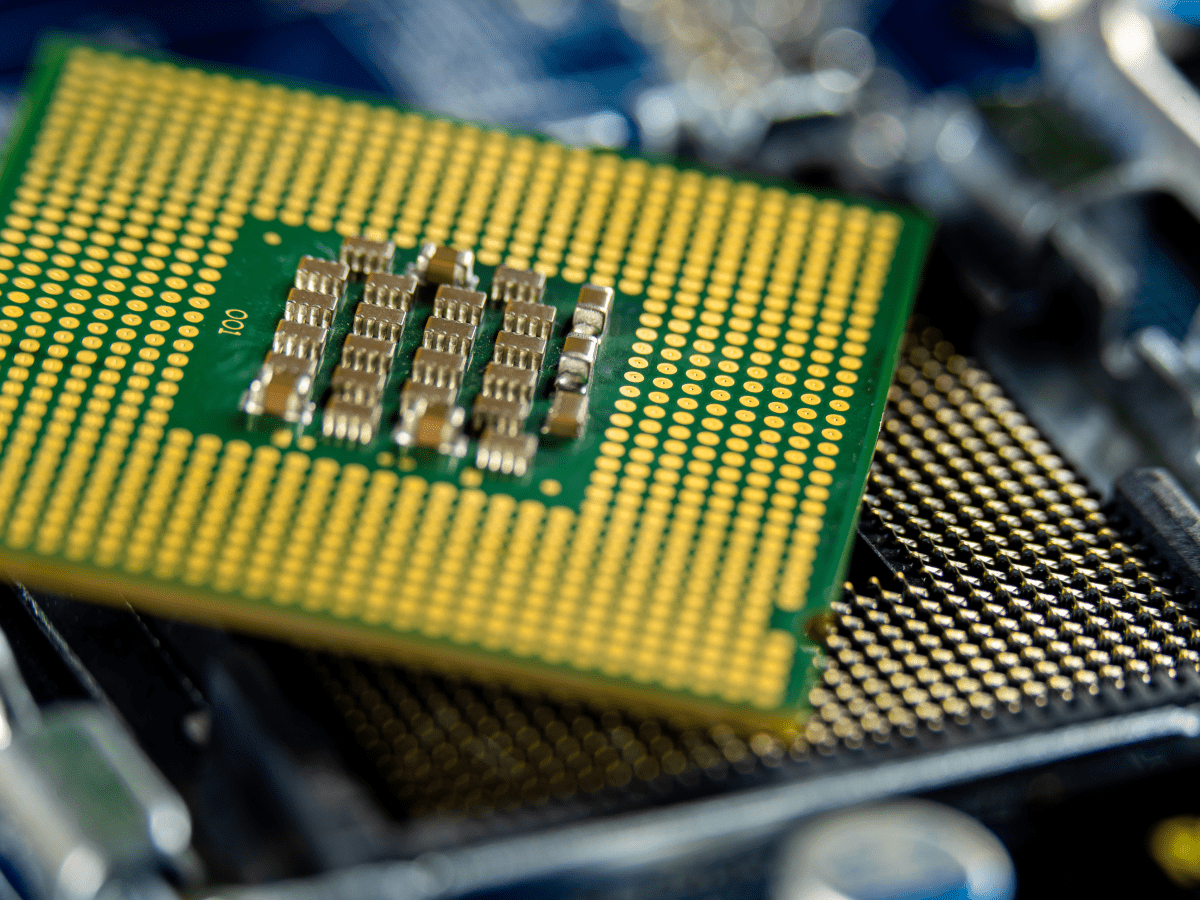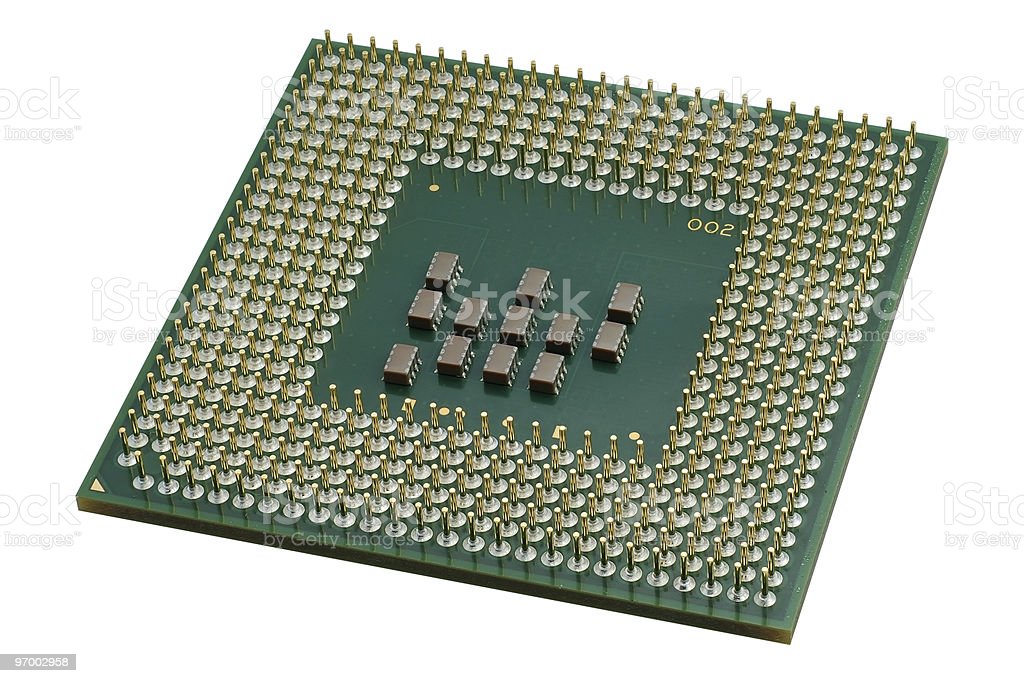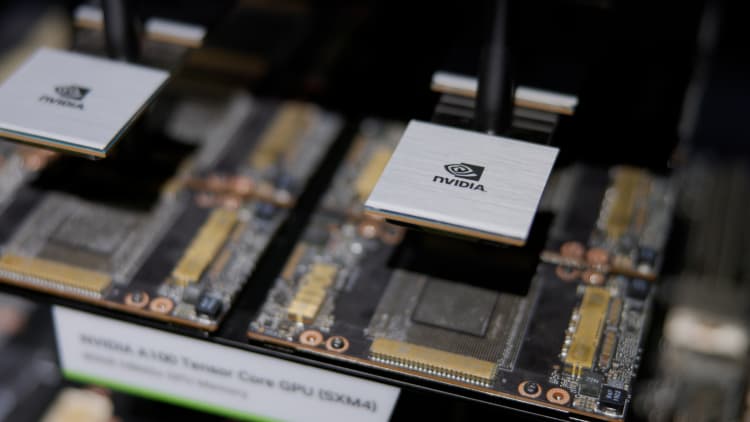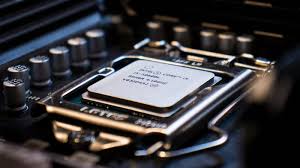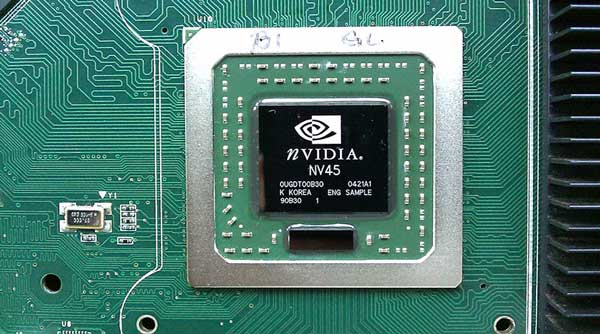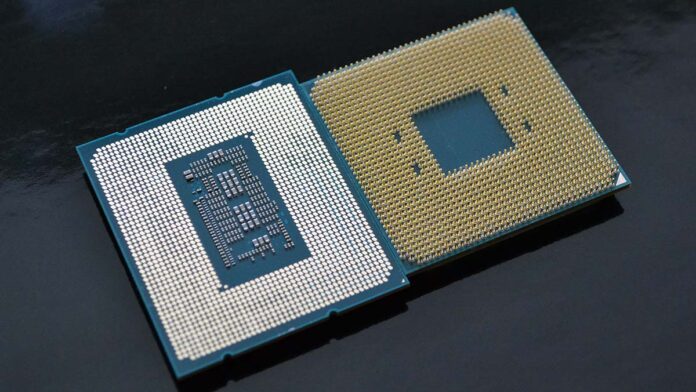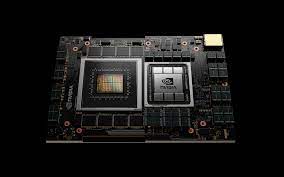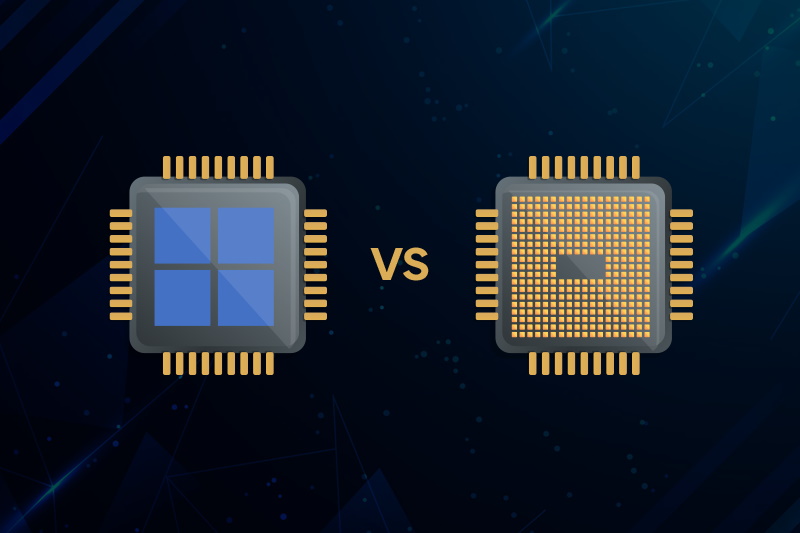02
Sep
There are numerous tasks that can be effectively parallelized and benefit from the capabilities of GPUs. Here are some examples: Image and Video Processing: Tasks such as image and video rendering, filtering, compression, object detection, and recognition can be parallelized and accelerated using GPUs. The massive parallel computing power of GPUs allows for efficient processing of large amounts of image and video data simultaneously. Machine Learning and Deep Learning: Training and inference of neural networks in machine learning and deep learning applications can greatly benefit from GPU acceleration. GPUs enable parallel execution of matrix operations, convolutional layers, and other computationally…
